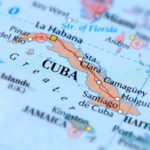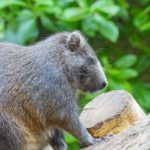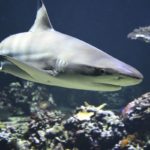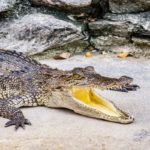Being an island that is located firmly across the equator, and amongst the warm waters of the Gulf of Mexico, Cuba is a tropical paradise.

So, naturally, as a hub of life in the area, you would expect that there is a nice variety of animal life to be found in the mountains and forests of Cuba’s wilderness.
And certainly, it is not difficult to spot the many types of birds, reptiles, and fish that make their home on and around the shores of this island nation.
There are more species of animals that live in Cuba than anywhere else in the Caribbean, with well over 17,500 species making this and the surrounding islands their home.
However, when you look at the types of animals that live in and around the island and compare them to many of the types of animals that live around Central and South America, there are surprisingly few larger mammals.
No bear or big cats, or canines, outside the family dog, are found to live on the island.
This has led many people to wonder about other animals that you may expect to live in a tropical greenhouse island like Cuba, but seem to be a little scarce on the ground otherwise.
For example, monkeys are some of the most striking and loved animals that can be found in South and Central America.
But with a lack of similar continental animals to be found here, are monkeys another animal that is not an island resident?
Well, that’s what we are here to discuss now! In this guide, we are going to discuss whether Cuba is or has been home to many species of monkeys, and go into a little more detail about what those monkeys may be.
Are There Any Species Of Monkeys In Cuba?
So, to answer the main question of this article upfront, are there any species of monkey that are native to the island of Cuba?
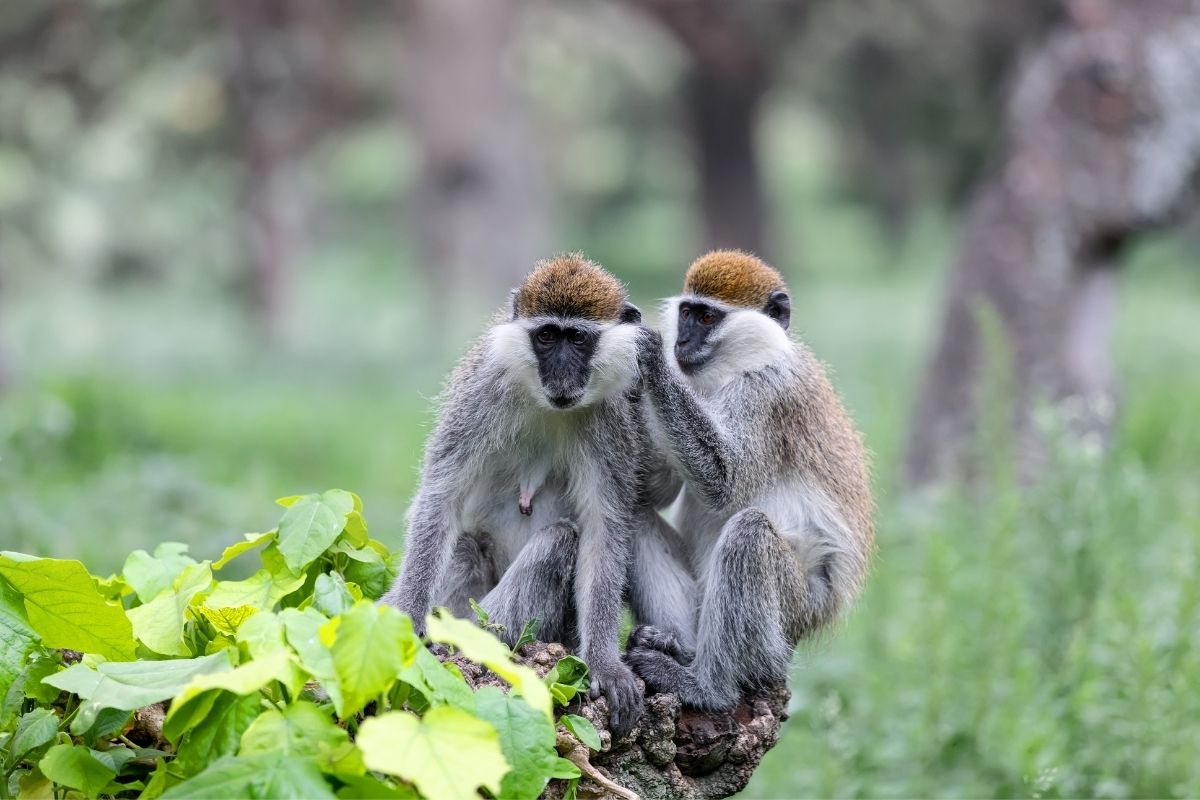
The answer is interesting, if somewhat, unfortunately, a yes. Kind of.
Over the years, paleontologists and archaeologists have found records of several monkey species that likely lived in Cuba, as well as the surrounding islands of the Caribbean.
This family of different monkey species, also known taxonomically as a tribe of related subfamilies of animals, are collectively known as Antilles monkeys, as they are family monkeys that lived across the Greater Antilles islands of the Gulf of Mexico.
This means that the monkeys that lived across the Islands of Jamaica, Puerto Rico, the island of Hispaniola, and the Cayman Islands, as well as Cuba of course, we’re all part of a related lineage that likely crossed over from the American continents, approximately somewhere between 18 and 11 million years ago.
What this means is that this gave them a pretty large amount of time to spread out and diversify across the islands, creating several distinct recognized species that populated these ecologically rich places of the world.
So, how does a person see one of these monkeys for themselves?
Well, that’s the somewhat sad part of this story.
Remember how we mentioned that these monkey species were found and discovered by archaeologists and paleontologists, and not zoologists and explorers?
Well, that is because most of these species of monkeys are now extinct.
While the fossil records appear to be somewhat sparse for when and how they eventually died off, it is suspected that they likely went extinct sometime in the last 100,000 years to 10 years, although it is believed that at least one species managed to survive until the European colonization of the Caribbeans took place, around the turn of the 16th century.
So, that’s it then, right? There are no more native monkeys in Cuba and its sister island, so no more monkeys are living there, right?
Well, let’s not count our monkeys before they are found.
Most of the monkeys that you will find in Cuba either were brought over to the island by people, either bred as exotic pets, in zoos, for scientific studies, or caught from the wild and released onto the island, and have since made a home for themselves here.
Vervet
Starting off our list of the few monkey species that are found in Cuba, we have the Vervet.
What may come as a surprise to anyone who knows a thing or two about monkeys is why this species is on an island as far away as Cuba, as the Vervet is a species of Old World Monkey.
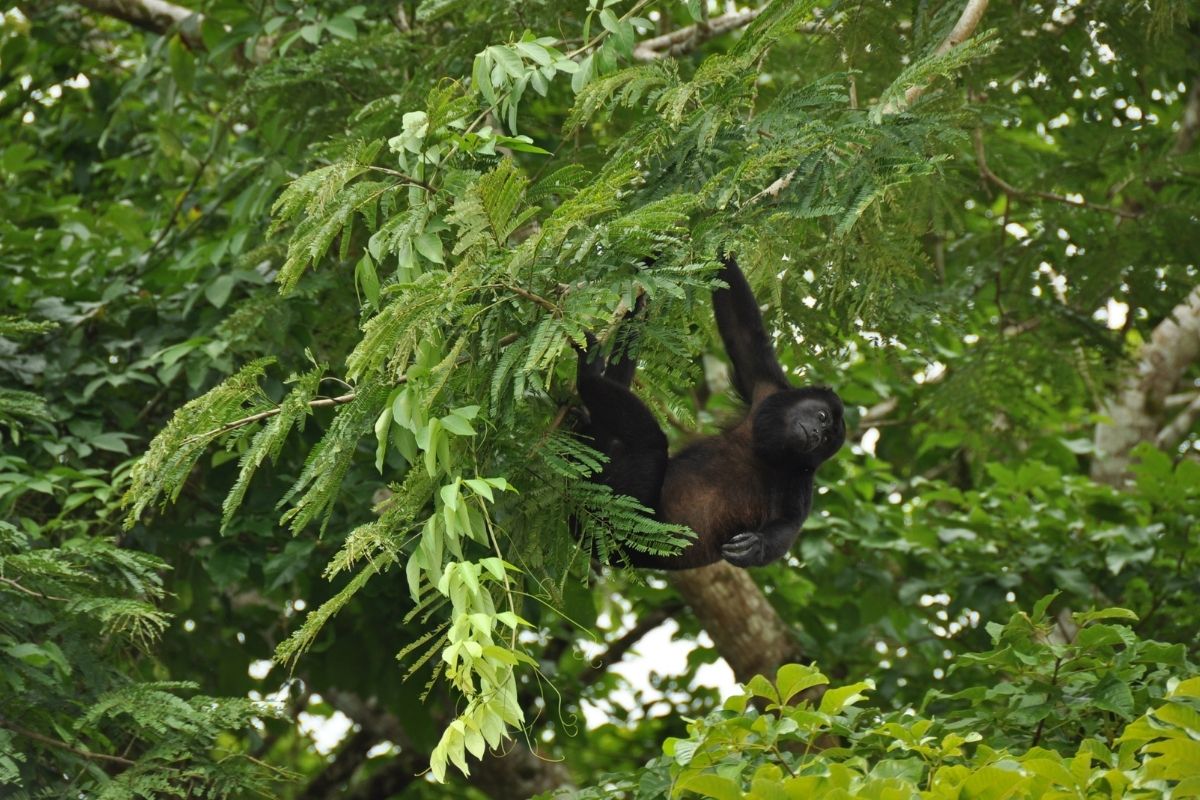
This means that it comes from the landmasses of Africa and Eurasia. More specifically, this is a monkey that was originally only found in countries across Eastern and Southern Africa.
However, this species of monkey, thanks to being used as both exotic pets and research subjects for animal testing, has since become naturalized in many other parts of the world, including Florida, Barbados, Cape Verde, and even Cuba, although you’re more likely to see them in the National Zoo of Cuba in Havanna than out in the wild, as the reports of these monkeys on Cuba have been somewhat contentious.
Any Other Monkey Species?
So, aside from maybe the exception to the Vervet, and even this is unlikely, there is very little chance of your finding any other species of monkeys in Cuba.
This may seem a little like a disappointment for some people.
After all, if they used to be monkeys on the island before, and there are still plenty of places for them to live (trees haven’t exactly gone anywhere in Cuba, after all), why haven’t any new monkeys been introduced to the island?
Well, part of that comes down to the delicate balance of nature that is found on many islands.
It is a known fact in biology and zoology that islands are hotspots for ecological diversity, and often produce species that cannot be found anywhere else in the world.
This means that introducing new species to an island can have massive unforeseen consequences on the wildlife of an island, driving these unique species to extinction, which in and of itself can have massive cascading consequences for the rest of life on an island.
So, as of now, it is illegal to bring monkeys into Cuba.
Cuban Howler Monkey (Paralouatta)
We figured we’d include the native monkey that was found here, even if you can no longer find it.
Although we have named this animal the Cuban howler monkey, as that appears to be the closest living relative, their actual name is Paraloutta.
As we have only found fragments of its skull, as was found across the Western tip of the island of Cuba.
To many researcher’s surprises, there is evidence that they usually lived on the ground as opposed to the trees, and may have been larger than their mainland counterparts
Conclusion
In short, the chances of you finding any monkeys out in the wild of Cuba are next to impossible, outside of going to the Zoo, or hopping in a time machine!
- What Is The Largest Island In Cuba? - September 19, 2022
- Havana – Why Is It Cuba’s Most Exciting City? - September 19, 2022
- Cheapest Time To Visit Cuba (Ultimate Guide) - September 19, 2022


